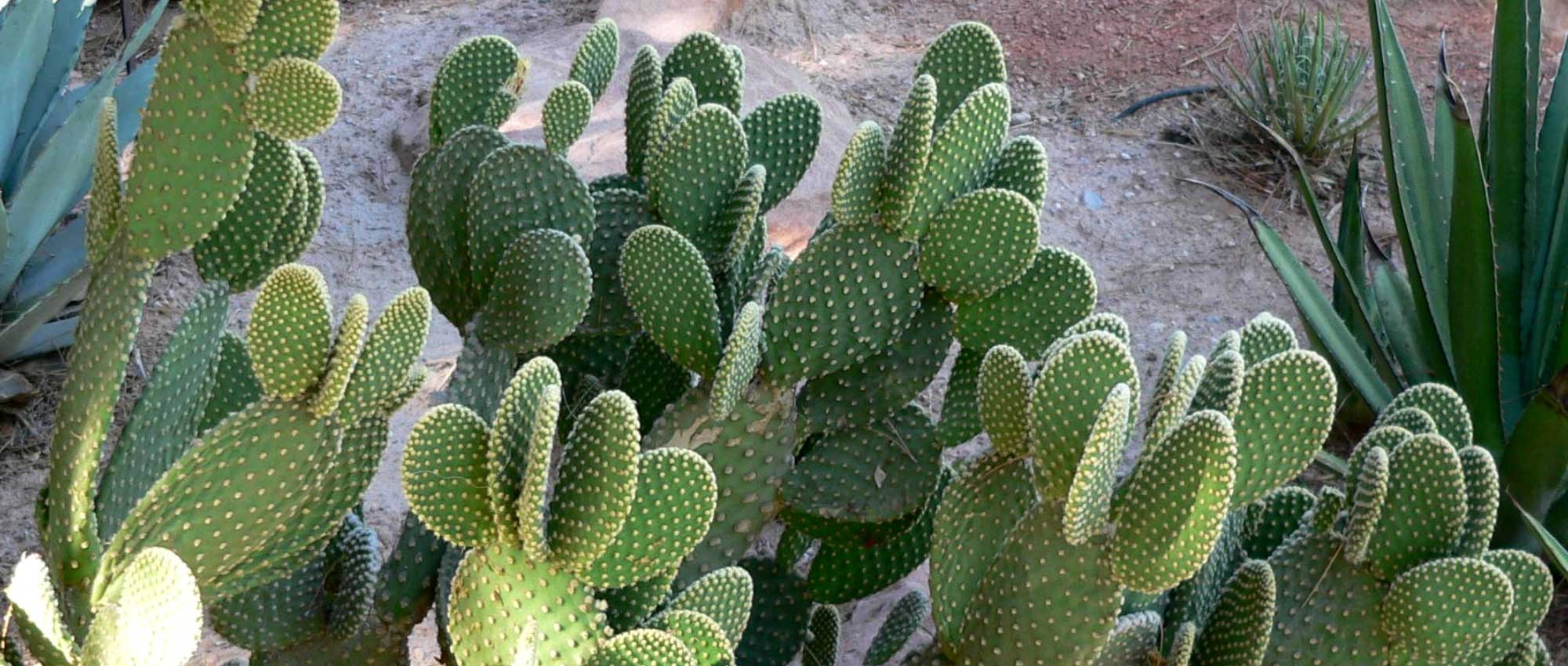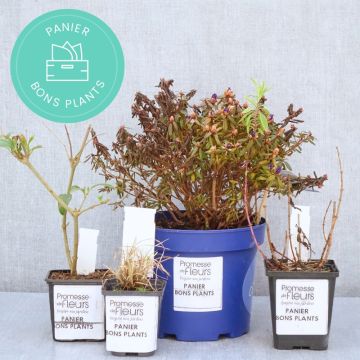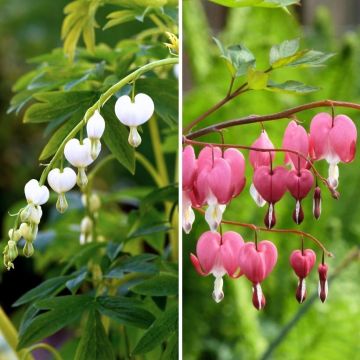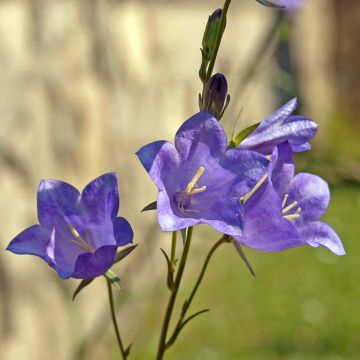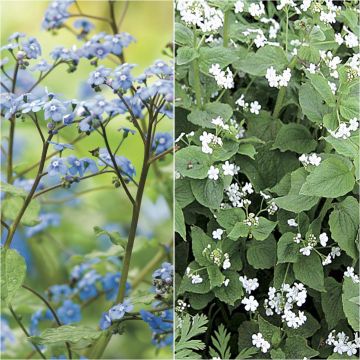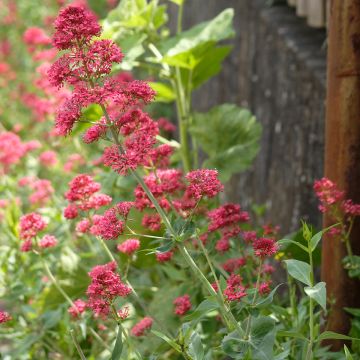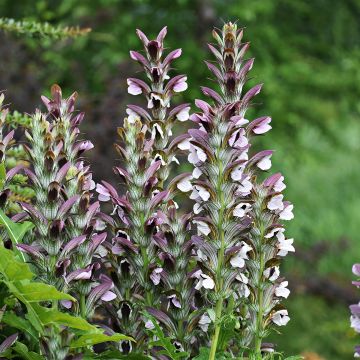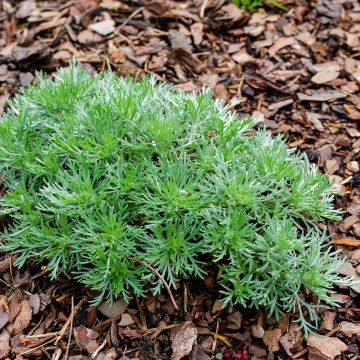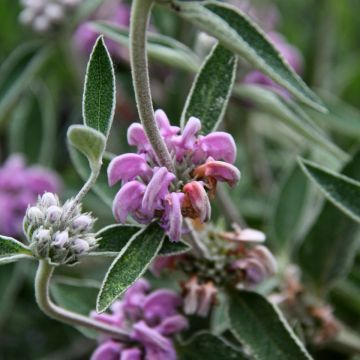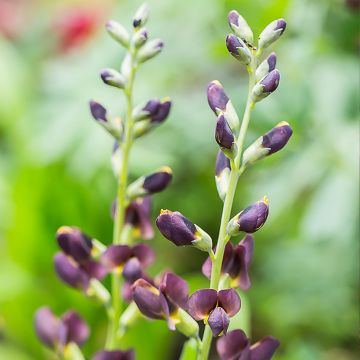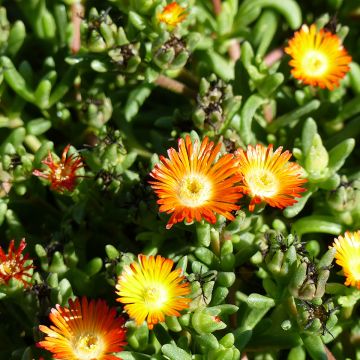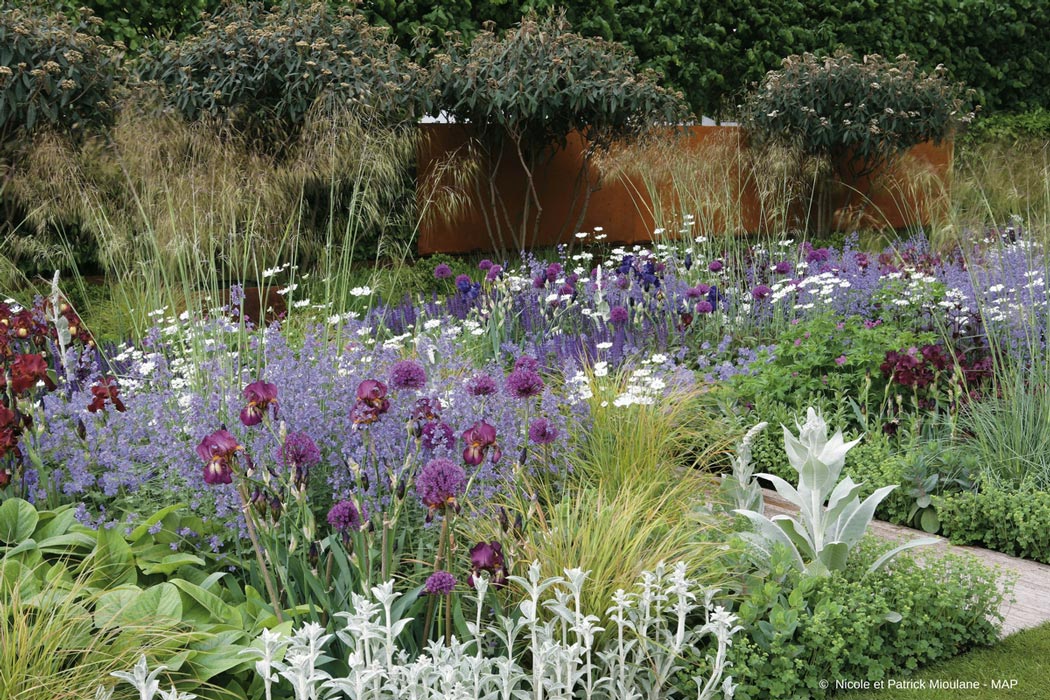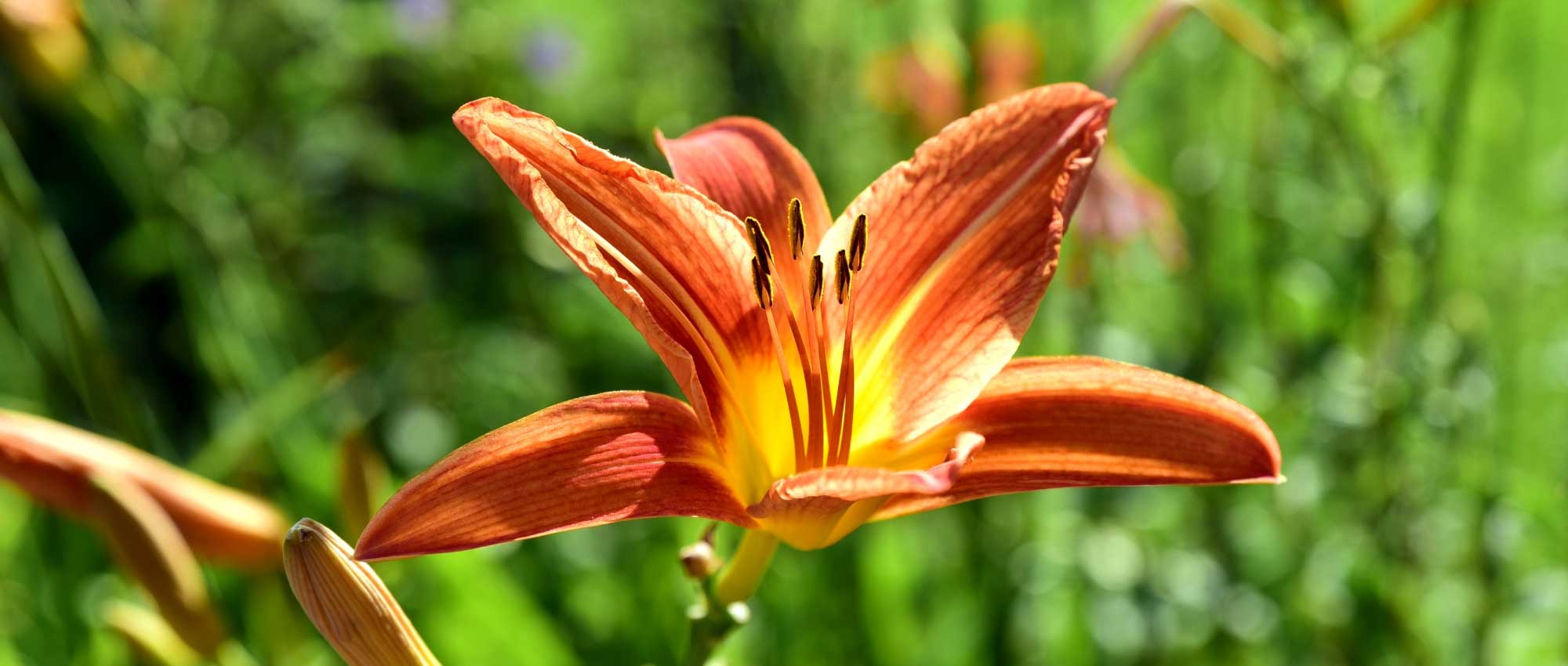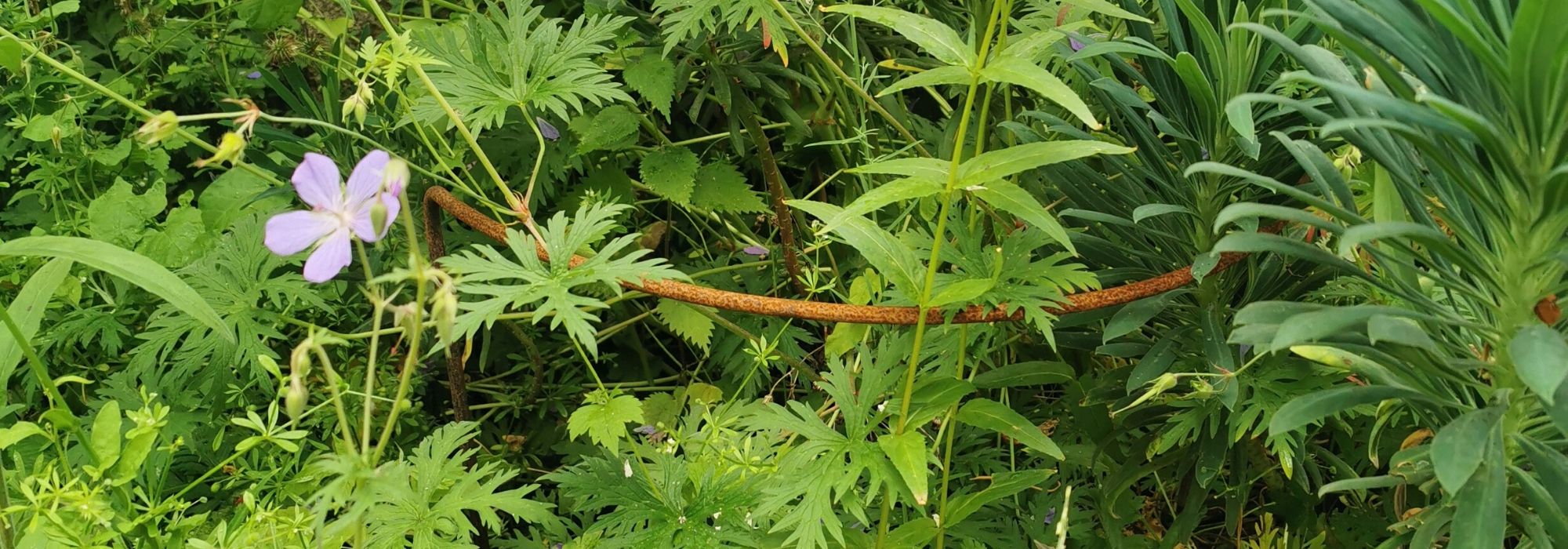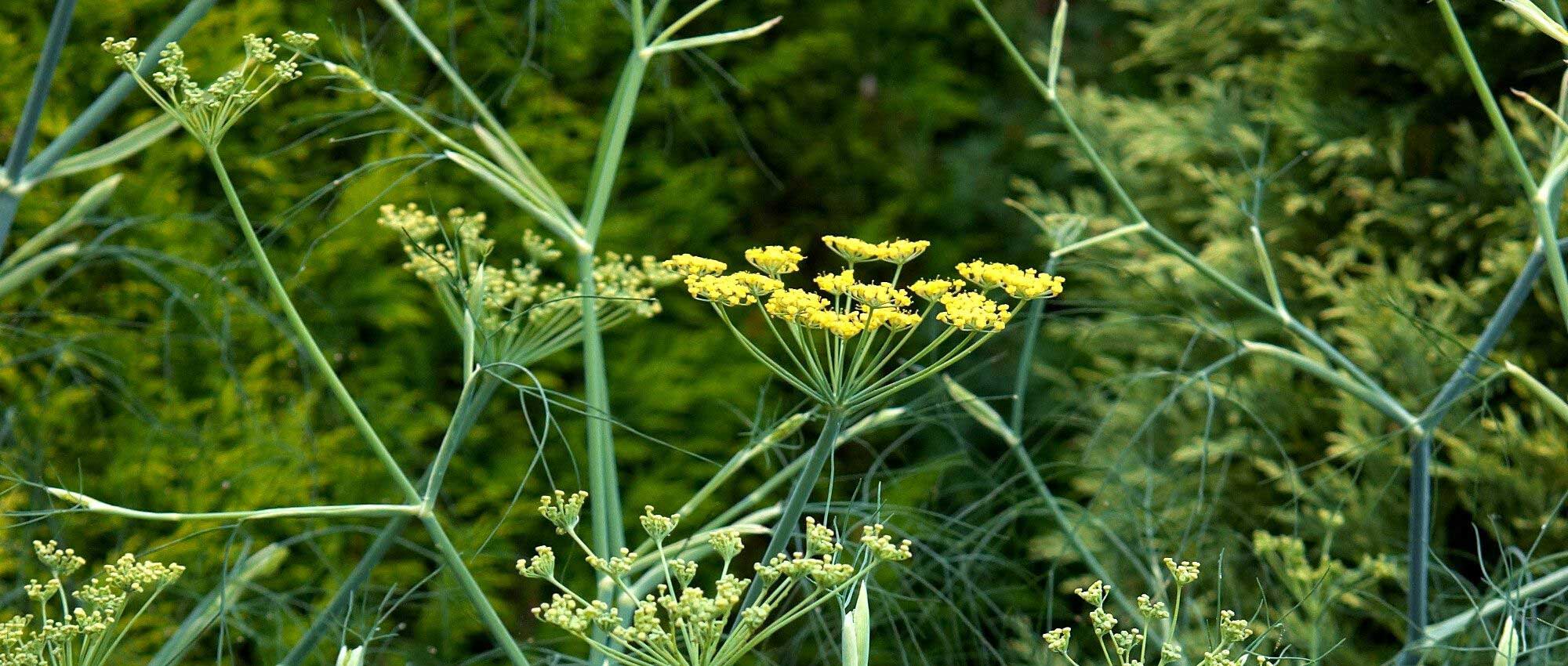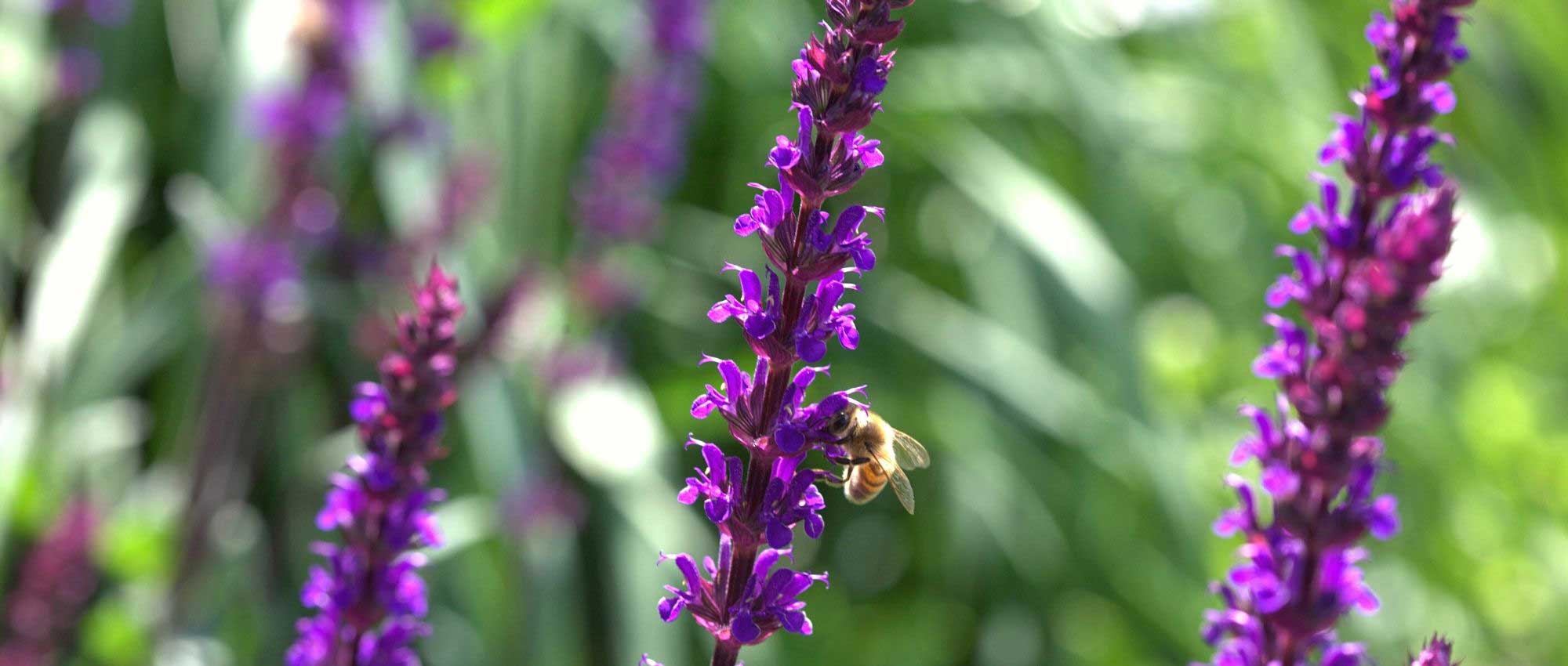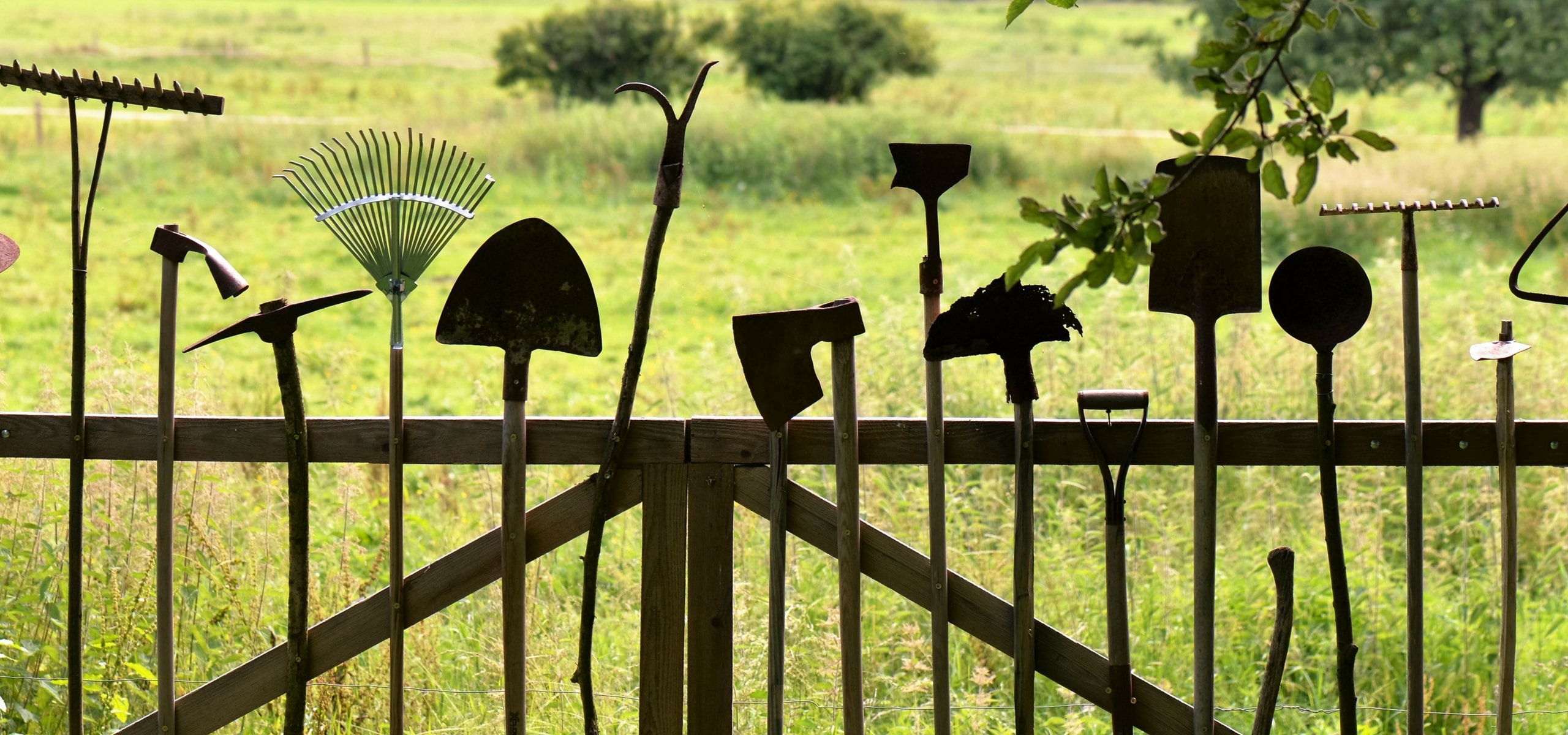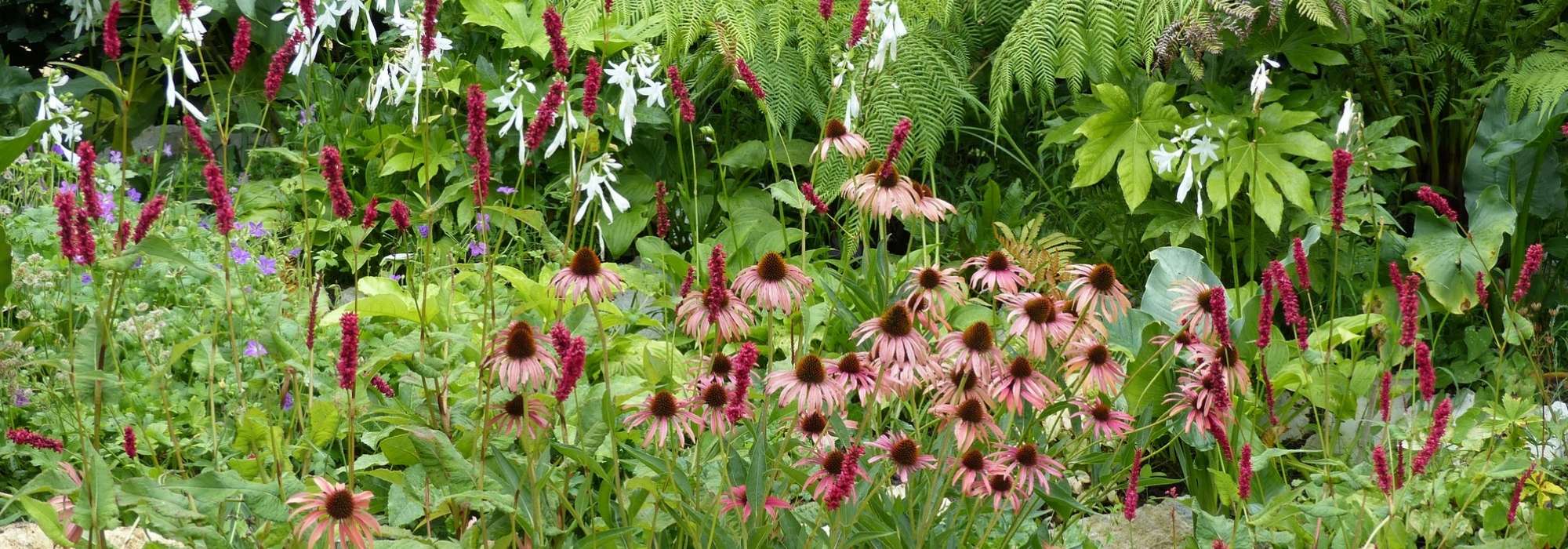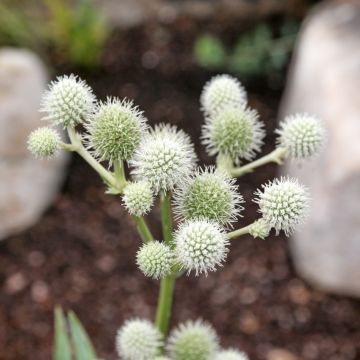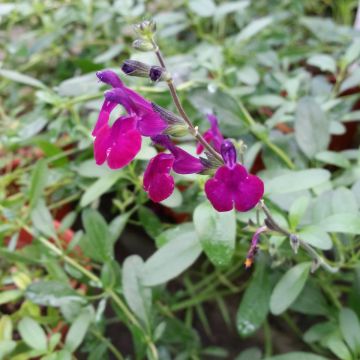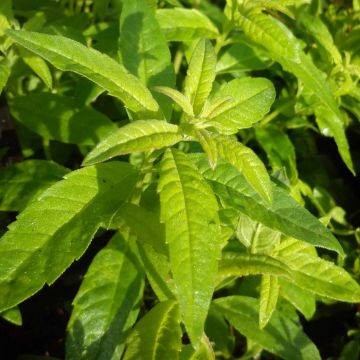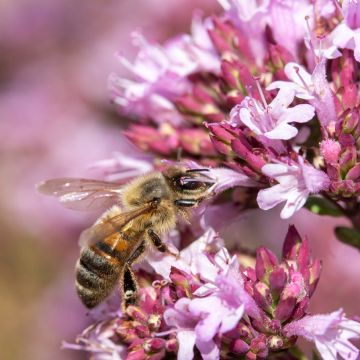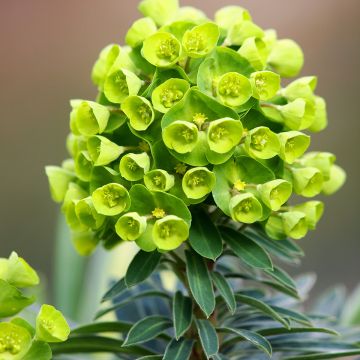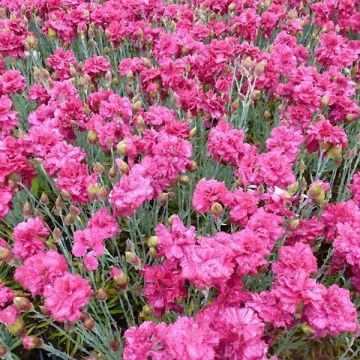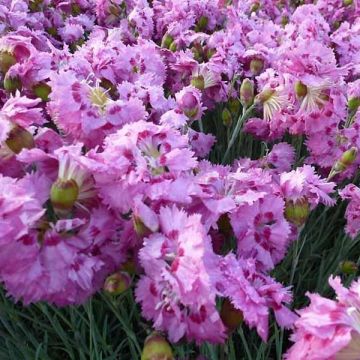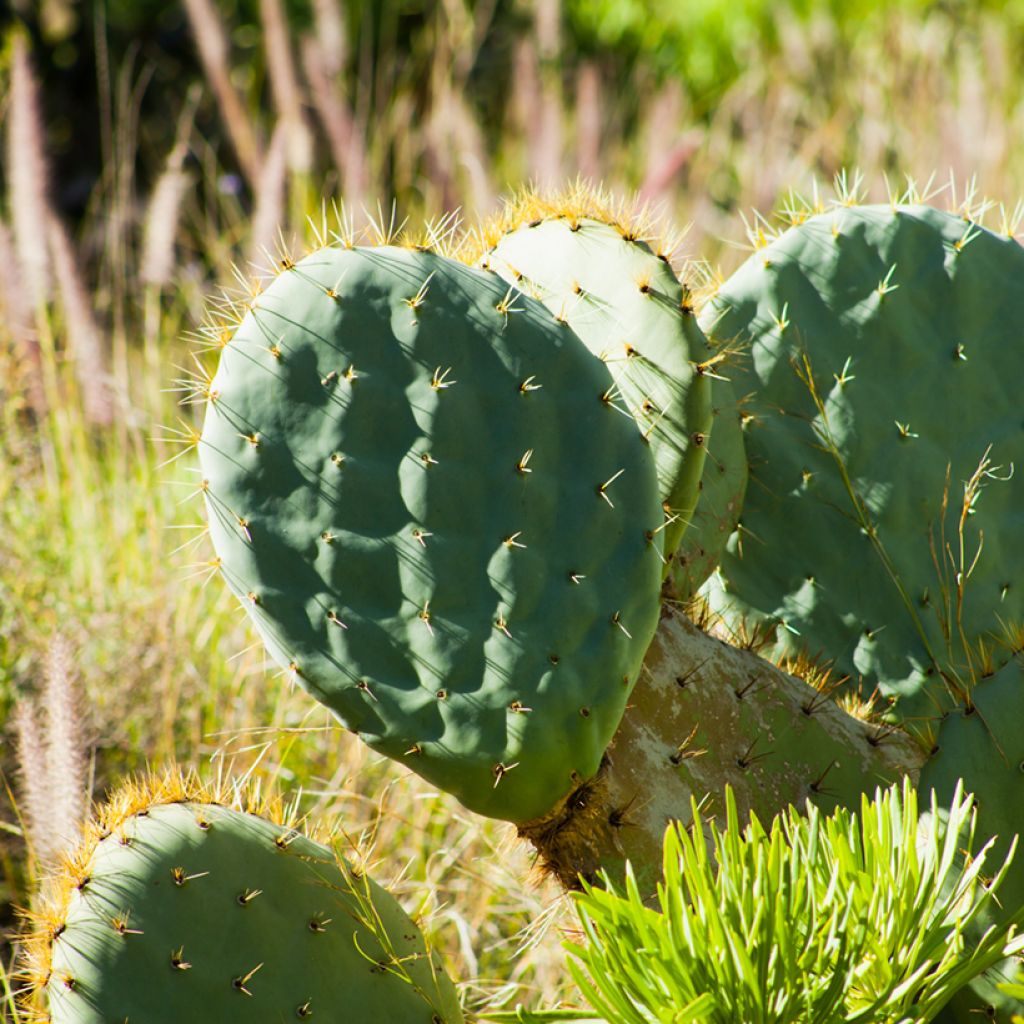

Opuntia robusta - Prickly pear
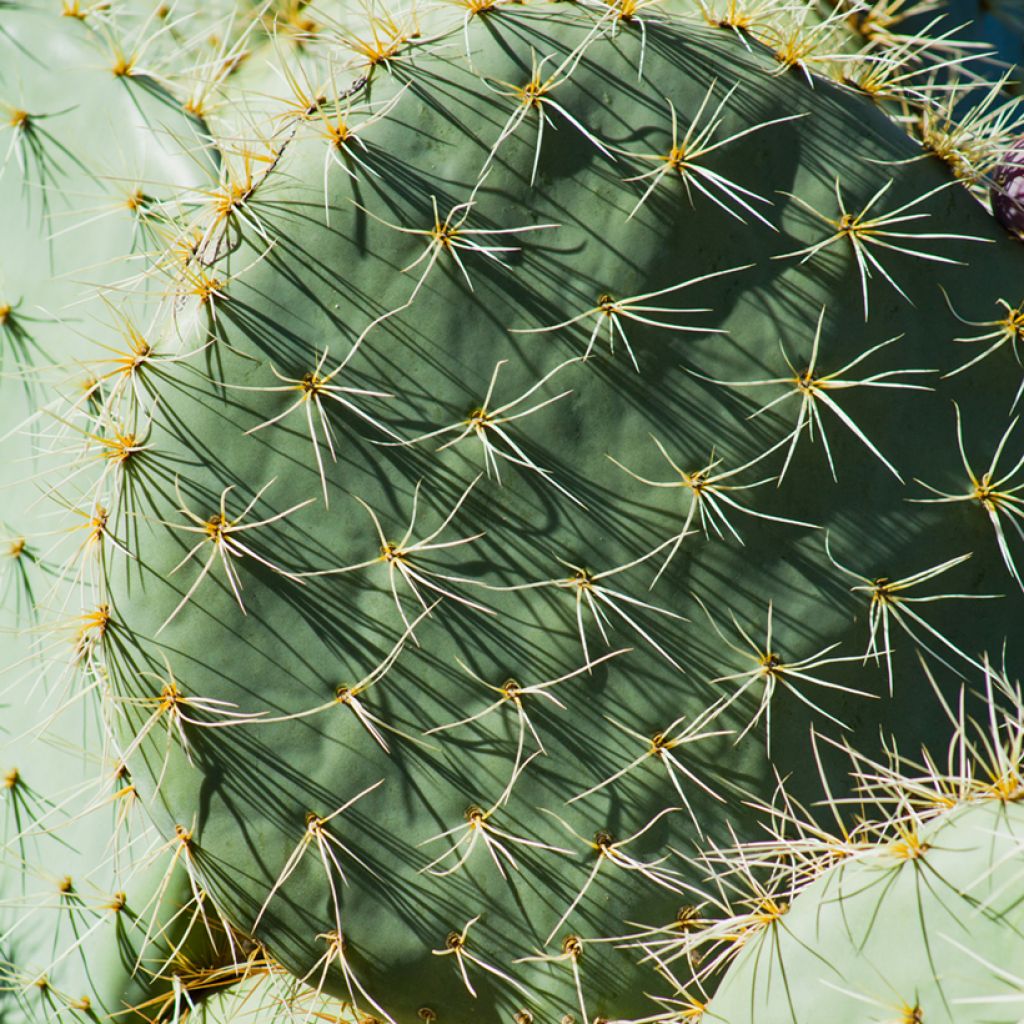

Opuntia robusta - Prickly pear
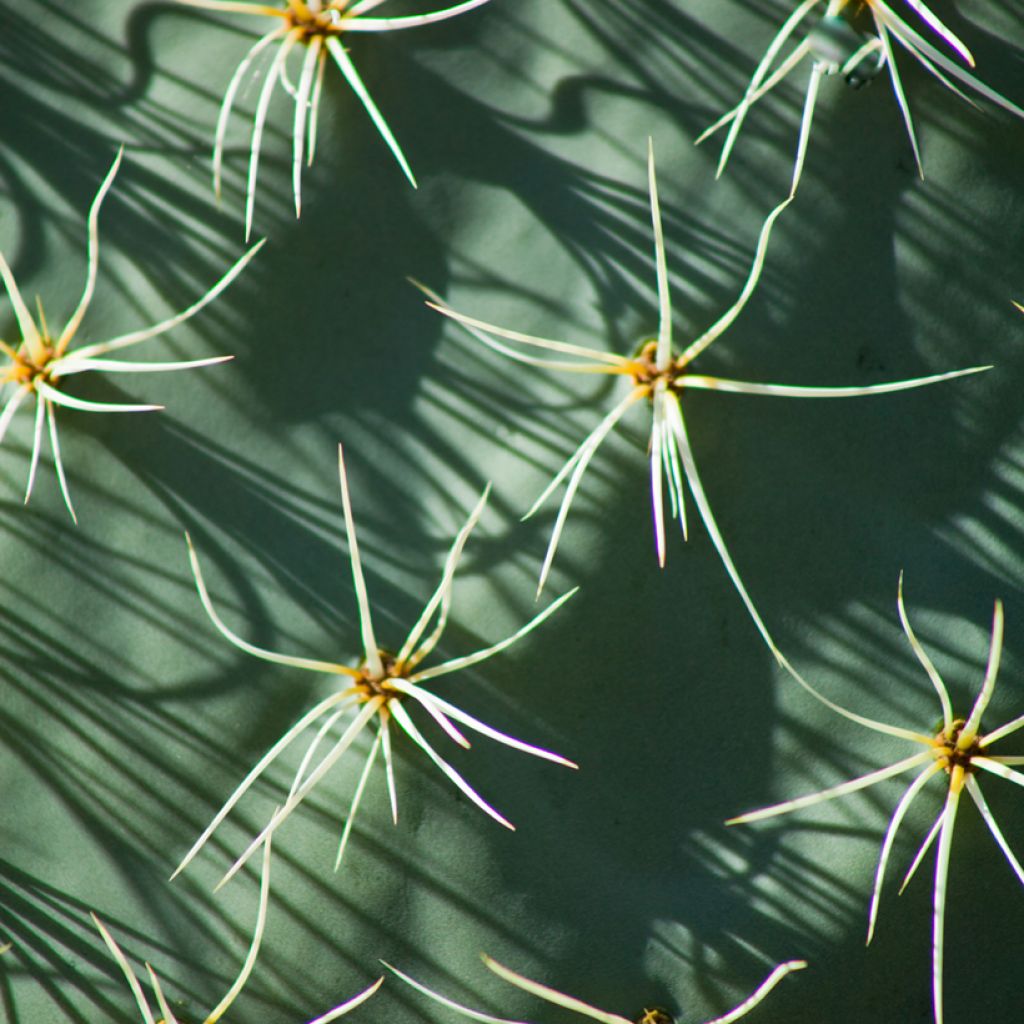

Opuntia robusta - Prickly pear
Opuntia robusta - Wheel cactus
Opuntia robusta
Prickly Pear, Wheel cactus
Special offer!
Receive a €20 voucher for any order over €90 (excluding delivery costs, credit notes, and plastic-free options)!
1- Add your favorite plants to your cart.
2- Once you have reached €90, confirm your order (you can even choose the delivery date!).
3- As soon as your order is shipped, you will receive an email containing your voucher code, valid for 3 months (90 days).
Your voucher is unique and can only be used once, for any order with a minimum value of €20, excluding delivery costs.
Can be combined with other current offers, non-divisible and non-refundable.
Home or relay delivery (depending on size and destination)
Schedule delivery date,
and select date in basket
This plant carries a 12 months recovery warranty
More information
We guarantee the quality of our plants for a full growing cycle, and will replace at our expense any plant that fails to recover under normal climatic and planting conditions.
Would this plant suit my garden?
Set up your Plantfit profile →
Description
Opuntia robusta, the Robust Prickly Pear, is a remarkable prickly pear cactus species known for its large, exceptionally thick blue-grey pads and its vibrant yellow summer flowering. This Mexican cactus is prized for its unusual appearance and tasty fruits. It thrives in Mediterranean coastal gardens or in potted arrangements on a sunny terrace. This cultivation method allows it to be sheltered from cold, damp conditions in winter.
Belonging to the Cactaceae family, Opuntia robusta is a small succulent bush that can reach 1 to 2 metres in height. This species is native to the arid and semi-arid regions of central and northern Mexico. It grows naturally in rocky, well-drained soils. Its habit is upright but may become spreading with age, forming a dense clump. Its growth is relatively fast for a cactus. Young cladodes have extrafloral nectaries that secrete nectar to attract ants, which help deter herbivores. Over time, the bark and mature stems take on a greyish hue. The Robust Prickly Pear develops thick, circular pads, measuring up to 40 cm in diameter, displaying a lovely blue-grey colour. These pads, sometimes wider than they are long, make it easily recognisable. The areoles, spaced 4 to 5.5 cm apart, bear yellow to brown glochidia and may have 2 to 12 white thorns with darker bases, reaching up to 5 cm in length. Flowering occurs in summer, from June to August. The yellow cup-shaped flowers measure 6-7 cm in diameter and attract numerous pollinators, including bees and beetles. The fruits that follow are spherical, red, and measure up to 8 cm long; they are edible and prized for their sweet, slightly tangy flavour. They contain many small black seeds. Its species name, "robusta", refers to the size of its cladodes. In its native Mexico, this species is widely used for human and animal consumption. Its cladodes or "pads" are eaten as nopalitos, a traditional ingredient in Mexican cuisine, while its sweet fruits, called tunas, are enjoyed fresh or processed into juice and jams. Opuntia robusta is also used to establish defensive hedges thanks to its sharp thorns and serves as livestock fodder during droughts.
Opuntia robusta is ideal for creating focal points in a dry Mediterranean coastal garden. Its massive silhouette and blue-grey colour harmonise with plants such as Agave americana, Dasylirion longissimum, or Yucca rostrata, which share similar soil and exposure requirements. It can also be used as a defensive hedge thanks to its deterrent thorns. In a wide, shallow container, it adds a striking, exotic touch to a sunny terrace. Ensure it is placed in a spot sheltered from winter moisture to guarantee its longevity. A good potted pairing could include creeping succulents like Sedum palmeri or hardy Delosperma for contrasting texture and colour.
Opuntia robusta - Wheel cactus in pictures


Flowering
Foliage
Plant habit
Botanical data
Opuntia
robusta
Cactaceae
Prickly Pear, Wheel cactus
Opuntia robusta var. larreyi, Opuntia camuessa
North America
Other Perennials A to Z
View all →Planting and care
Plant Opuntia robusta in spring, in full sun, in poor, even rocky, stony, slightly chalky, sandy, very well-drained soil: It dislikes winter moisture and temperatures below -5°C. This species thrives in dry, even arid soils in summer. This species tolerates sea spray and can therefore be more easily grown by the coast. Elsewhere, pot cultivation is preferable.
In pots, choose a wide terracotta container with drainage holes and use a specific cactus substrate or a mix of non-clay garden soil, sand, and pumice. After planting, wait about two weeks before watering to allow the young plant to adjust to its new environment. Then, water moderately, allowing the substrate to dry out completely between waterings. In winter, reduce water intake and place the plant in a cool, bright spot to encourage a necessary dormant period for future flowering. Repotting every two to three years is recommended to ensure optimal growth.
Propagation: by prickly pear cutting, easy: take a segment at a joint, place it on a cactus soil substrate for a few days until a callus forms. Then insert the base of the cutting slightly deeper into the soil and water regularly. The plant will not flower or fruit until it is at least 3 years old.
Handle your cacti with thick gloves and protective goggles.
Planting period
Intended location
Care
Planting & care advice
This item has not been reviewed yet - be the first to leave a review about it.
Similar products
Haven't found what you were looking for?
Hardiness is the lowest winter temperature a plant can endure without suffering serious damage or even dying. However, hardiness is affected by location (a sheltered area, such as a patio), protection (winter cover) and soil type (hardiness is improved by well-drained soil).

Photo Sharing Terms & Conditions
In order to encourage gardeners to interact and share their experiences, Promesse de fleurs offers various media enabling content to be uploaded onto its Site - in particular via the ‘Photo sharing’ module.
The User agrees to refrain from:
- Posting any content that is illegal, prejudicial, insulting, racist, inciteful to hatred, revisionist, contrary to public decency, that infringes on privacy or on the privacy rights of third parties, in particular the publicity rights of persons and goods, intellectual property rights, or the right to privacy.
- Submitting content on behalf of a third party;
- Impersonate the identity of a third party and/or publish any personal information about a third party;
In general, the User undertakes to refrain from any unethical behaviour.
All Content (in particular text, comments, files, images, photos, videos, creative works, etc.), which may be subject to property or intellectual property rights, image or other private rights, shall remain the property of the User, subject to the limited rights granted by the terms of the licence granted by Promesse de fleurs as stated below. Users are at liberty to publish or not to publish such Content on the Site, notably via the ‘Photo Sharing’ facility, and accept that this Content shall be made public and freely accessible, notably on the Internet.
Users further acknowledge, undertake to have ,and guarantee that they hold all necessary rights and permissions to publish such material on the Site, in particular with regard to the legislation in force pertaining to any privacy, property, intellectual property, image, or contractual rights, or rights of any other nature. By publishing such Content on the Site, Users acknowledge accepting full liability as publishers of the Content within the meaning of the law, and grant Promesse de fleurs, free of charge, an inclusive, worldwide licence for the said Content for the entire duration of its publication, including all reproduction, representation, up/downloading, displaying, performing, transmission, and storage rights.
Users also grant permission for their name to be linked to the Content and accept that this link may not always be made available.
By engaging in posting material, Users consent to their Content becoming automatically accessible on the Internet, in particular on other sites and/or blogs and/or web pages of the Promesse de fleurs site, including in particular social pages and the Promesse de fleurs catalogue.
Users may secure the removal of entrusted content free of charge by issuing a simple request via our contact form.
The flowering period indicated on our website applies to countries and regions located in USDA zone 8 (France, the United Kingdom, Ireland, the Netherlands, etc.)
It will vary according to where you live:
- In zones 9 to 10 (Italy, Spain, Greece, etc.), flowering will occur about 2 to 4 weeks earlier.
- In zones 6 to 7 (Germany, Poland, Slovenia, and lower mountainous regions), flowering will be delayed by 2 to 3 weeks.
- In zone 5 (Central Europe, Scandinavia), blooming will be delayed by 3 to 5 weeks.
In temperate climates, pruning of spring-flowering shrubs (forsythia, spireas, etc.) should be done just after flowering.
Pruning of summer-flowering shrubs (Indian Lilac, Perovskia, etc.) can be done in winter or spring.
In cold regions as well as with frost-sensitive plants, avoid pruning too early when severe frosts may still occur.
The planting period indicated on our website applies to countries and regions located in USDA zone 8 (France, United Kingdom, Ireland, Netherlands).
It will vary according to where you live:
- In Mediterranean zones (Marseille, Madrid, Milan, etc.), autumn and winter are the best planting periods.
- In continental zones (Strasbourg, Munich, Vienna, etc.), delay planting by 2 to 3 weeks in spring and bring it forward by 2 to 4 weeks in autumn.
- In mountainous regions (the Alps, Pyrenees, Carpathians, etc.), it is best to plant in late spring (May-June) or late summer (August-September).
The harvesting period indicated on our website applies to countries and regions in USDA zone 8 (France, England, Ireland, the Netherlands).
In colder areas (Scandinavia, Poland, Austria...) fruit and vegetable harvests are likely to be delayed by 3-4 weeks.
In warmer areas (Italy, Spain, Greece, etc.), harvesting will probably take place earlier, depending on weather conditions.
The sowing periods indicated on our website apply to countries and regions within USDA Zone 8 (France, UK, Ireland, Netherlands).
In colder areas (Scandinavia, Poland, Austria...), delay any outdoor sowing by 3-4 weeks, or sow under glass.
In warmer climes (Italy, Spain, Greece, etc.), bring outdoor sowing forward by a few weeks.


































